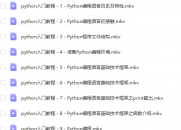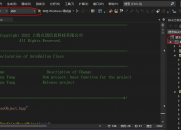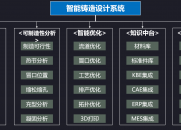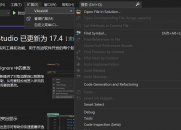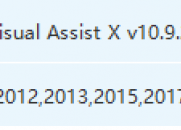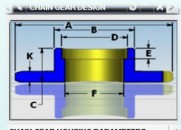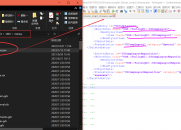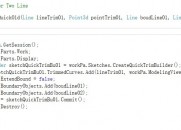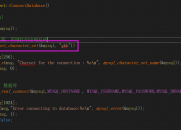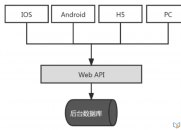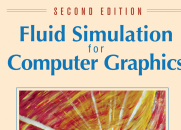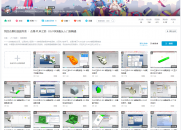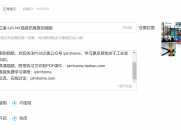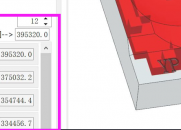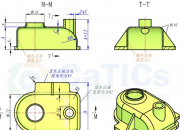|
|
请使用QQ关联注册PLM之家,学习更多关于内容,更多精彩原创视频供你学习!
您需要 登录 才可以下载或查看,没有账号?注册

x
4GD has several advantages over previous generations of data management systems:
# `- ]/ C; e6 U w0 L. C• Flexible organization of design data; X$ L/ u6 y- `4 B0 Q9 A
The collaborative design content can change dynamically as the design evolves.
. u6 Z( N# v3 ^) V- KDesigners are not limited to viewing the product in predefined subassemblies.
8 J3 ^7 ~) X- O {• Independent lifecycles
2 m) K/ | c Q: R* Y( AEach design element has its own lifecycle. You are not limited by the lifecycle
$ K* p( q6 |' Z5 Q. w1 s2 @of traditional assemblies. Each design element has its revision and status.
+ ?& `1 S3 K3 h/ ?) {) [' R% JLikewise, the CAD design owns its position and geometry.
2 I# B+ Q, \# X• Multiple hierarchical views
; }+ ]4 Q# m/ u; mIn a traditional product structure, each component is placed in an assembly. To6 Y) R, U. U8 C1 a. i- K
view a component, you must load its parent assembly. Using 4GD, a design
* Q$ ?7 q o5 Q2 K" l* f selement can appear in multiple partitions and subsets of the product. When n* H* `2 o/ E
a designer views partitions that may contain the same design element, 4GD
! R2 |' c" o0 H0 adisplays only the unique design elements.# L4 A1 c- V' h. N5 K' a
• Very large data sets
4 @4 @ B3 W7 X: w- NBecause there is no concept of a structure, very large data sets can be managed
) F5 L# c0 h2 Nefficiently . Teamcenter loads collaborative designs much more quickly than
# ~% o! c# q z9 t+ v, P6 ftraditional assemblies.
+ `! i# r4 k3 b1 H• Minimal data locking7 d$ C% j- T$ R F+ [4 i- O: E0 `
Designers check out only the design elements they need. To reposition a design
' l, d+ ?; }% n& M$ R. o2 A3 k) \element, there is no parent assembly to check out and lock.
) K# X- N% L. N• Efficient working sets4 ^- Z; ^1 P0 ?9 V
Designers can work with adjacent design elements, without having to check out, y" C6 G8 u( j7 ?4 P
the next highest parent assembly that contains all the design elements.5 Q9 X2 i; j' q7 [8 I
• Concurrent work capabilities
. S; C; \+ d* f0 i" C0 K" D9 OBecause designers access the design elements in their workset using a dynamic
7 a: p/ D5 X$ a$ H$ Q( Frecipe instead of a rigid subassembly, the context of the workset can be updated
) W$ y7 w0 }9 b7 u" [: H. Vto include new design elements created by other designers. For example, if the
. U! A, ]( ?3 D* ~1 W# `6 rrecipe searches for all design elements within a spatial volume, reapplying the6 T0 H2 y+ ?/ U2 }% m
recipe opens any new design elements within that volume. |
|
